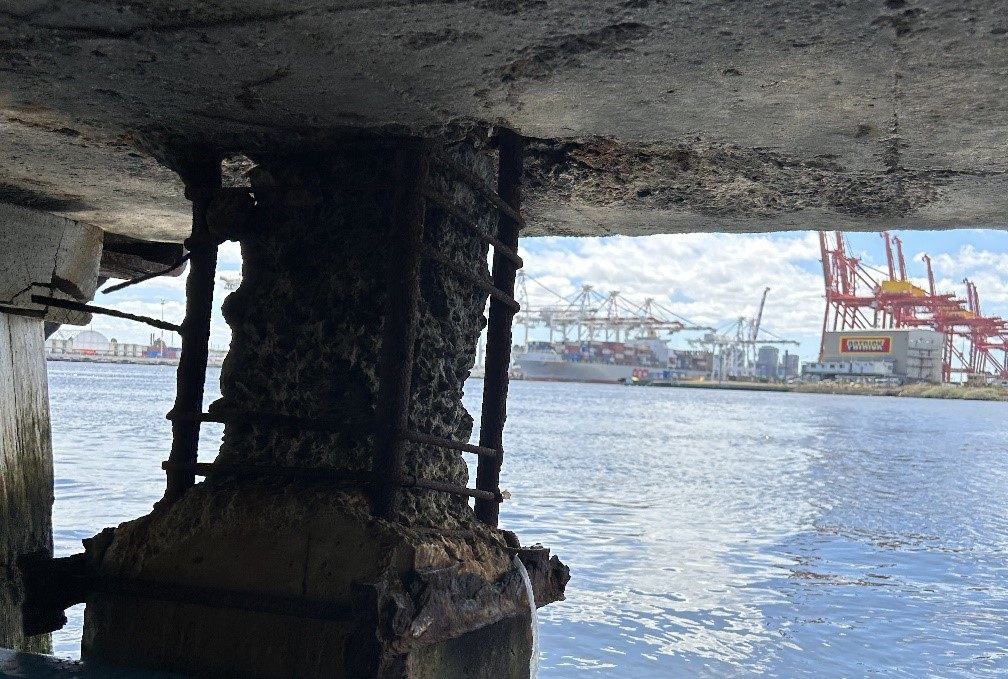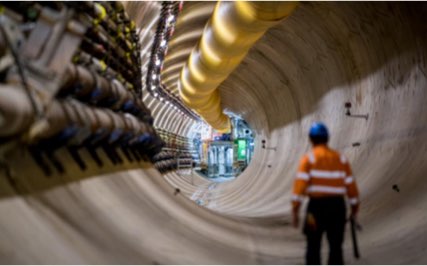
Using WSCAM 2022 for structures both large and small
Wharf structures are vital components of the transportation and maritime industries, serving as key nodes for cargo and passenger transport. Ensuring the safety and durability of these wharf structures, as well as the supporting infrastructure such as revetments is critical for these industries. The Wharf Structures Condition Assessment Manual (WSCAM) has long been one of the most comprehensive guides for the assessment of the condition of wharf structures. In 2022, the manual was updated, and its scope expanded.
A key reason for the widespread application of WSCAM is that it provides a clear framework for the assessment of a structure that is independent of the team undertaking the assessment. This not only makes it easier for professionals to conduct thorough and accurate assessments, but it also instills consistency across assessments, structures and geographic locations. For example, the manual outlines practical considerations associated with conducting a site inspection, provides a methodology to assess the condition of various structural and material elements, as well as guidance on the development of a maintenance plan.
Recently there has been interest, and in some cases requests, to adopt elements of WSCAM to smaller structures, such as for community infrastructure like jetties and shore protection revetments. Some elements of WSCAM have also been used as a basis for other guidelines. However, as we will show, direct application of WSCAM to these small structures needs careful consideration. Indeed, specific choices made with the intention to apply the ‘spirit’ of WSCAM to these structures will affect both the robustness of these assessments, as well as the reliability of these assessments both for the present assessment and for comparison with future assessments.
This presentation will discuss the practical application of WSCAM 2022 to both large and small structures. We will compare how WSCAM is applied for large maritime structures and how this differs when the principles of WSCAM might be applied to smaller structures. A particular focus will be on the experience reported by younger engineers in the use of the manual for both approaches.
Subscribe to our mailing list
Be alerted when new articles and insights are published.
